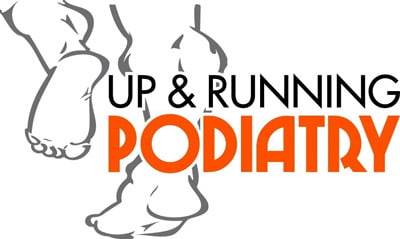Do you feel like you’ve tried everything, yet your athlete’s foot still won’t budge?
I see plenty of people walk through my clinic doors frustrated by this exact issue. They’ve spent weeks, sometimes months, using creams and powders with no real results. It feels like a never-ending cycle. But before you lose hope, let’s talk about why your athlete’s foot might still be hanging around.
Why Athlete’s Foot Can Be So Stubborn
The thing about athlete’s foot—or tinea pedis, if we get clinical—is that it’s not just about applying antifungal creams. Moisture is the real villain here. Fungus loves damp environments. If your feet or shoes are staying damp, you’re practically inviting the fungus to stick around. I’ve seen this scenario way too often.
I’ve also noticed something interesting—some creams might even make it worse. If a cream leaves your foot feeling damp, it’s helping the fungus survive rather than kicking it out. In fact, there’s some helpful detail in this Cleveland Clinic article that reinforces just how crucial dryness is.
Is It Your Shoes?
Let’s get real about shoes. Your shoes might be sabotaging your recovery efforts without you even realising it. Fungus doesn’t only hang around on your feet—it happily lives in your favourite trainers too. If you’re rotating between just one or two pairs without properly airing them out, your shoes could be re-infecting you every day.
So, try rotating shoes regularly. Let them dry completely for 24 hours before wearing them again. A quick spray with antifungal or even tea tree oil might also help keep them fungus-free.
If you’re unsure about choosing footwear that helps manage moisture, I’ve written more about that in our guide on advice for summer footwear.
Look Beyond the Feet
Here’s another thing—I often see patients with athlete’s foot who also have fungal nail infections. Fungus spreads easily. If your nails are infected, your skin probably won’t clear up either. Treating one without treating the other won’t get you far. If you suspect that fungal nails might be part of your problem, check out our fungal nail treatments. It’s a good first step.
Alternative Remedies—Do They Actually Work?
Over the years, I’ve heard of plenty of home remedies. Honestly, some are surprisingly effective. Recently, I’ve had several patients mention success with diluted vinegar and mouthwash foot soaks. At first, I was skeptical. But after seeing good results, I realised there might be something to it.
One of my patients swears by soaking their feet in a mixture of mouthwash and vinegar daily for 10-15 minutes, followed by a thorough drying and dusting with antifungal powder. Simple yet effective. There’s more to read about this in this informative Harvard article.
Keep it Dry—Powders Over Creams
If your current treatment leaves your skin damp, switch to powders. Powders soak up moisture, creating a less inviting environment for fungus. I’ve personally seen this approach work wonders. If you’re active, try performance socks—they wick away sweat. Our blog on performance socks has tips you might find helpful.
It Might Not Be Athlete’s Foot After All
Sometimes, persistent athlete’s foot isn’t athlete’s foot at all. Conditions like eczema or psoriasis can mimic fungal infections. I regularly advise patients to come in for a professional check-up when their condition just won’t resolve. At our clinics in Port Melbourne, Elsternwick, and Williamstown, we perform thorough assessments to ensure you’re not mistaking another skin issue for athlete’s foot.
When to Get Professional Help
If nothing’s working, don’t keep struggling alone. Athlete’s foot is treatable, but stubborn cases often need professional intervention. In my experience, patients often improve dramatically after I help them create a personalised treatment plan. A proper gait analysis can even pinpoint issues with how your feet move, contributing indirectly to moisture retention and infection recurrence.
I’m always here to help you get back on your feet (pun intended!). You can book an appointment directly through our online booking page, or contact us via our main website.
Don’t let athlete’s foot get comfortable—let’s deal with it together.
